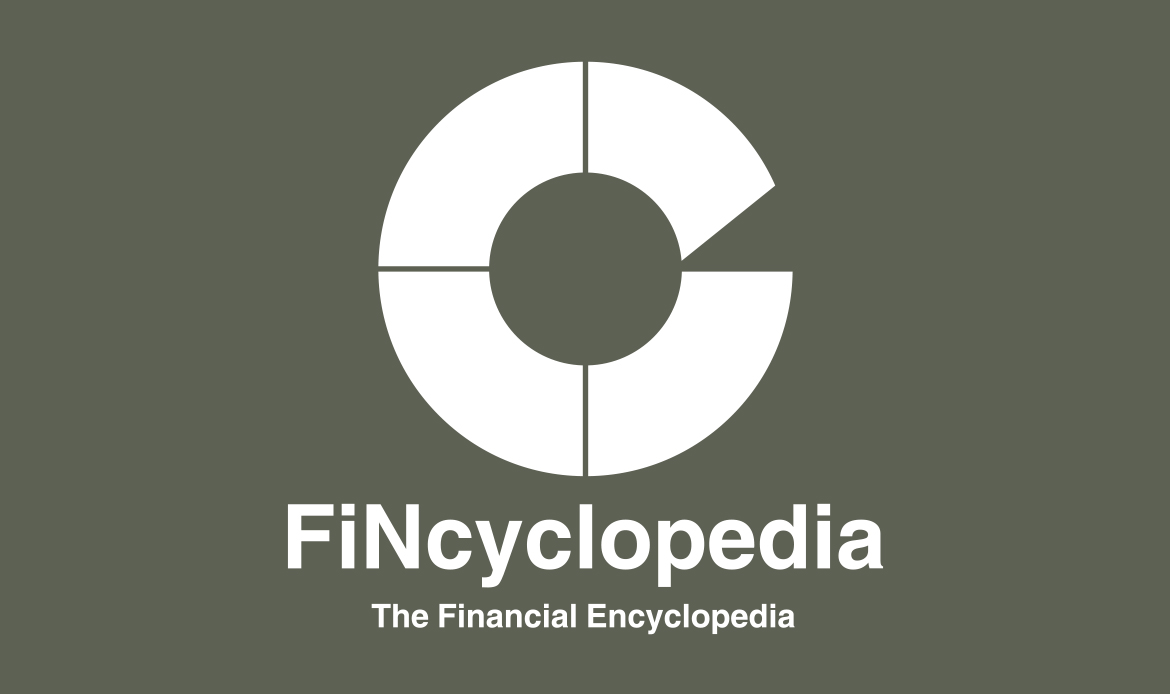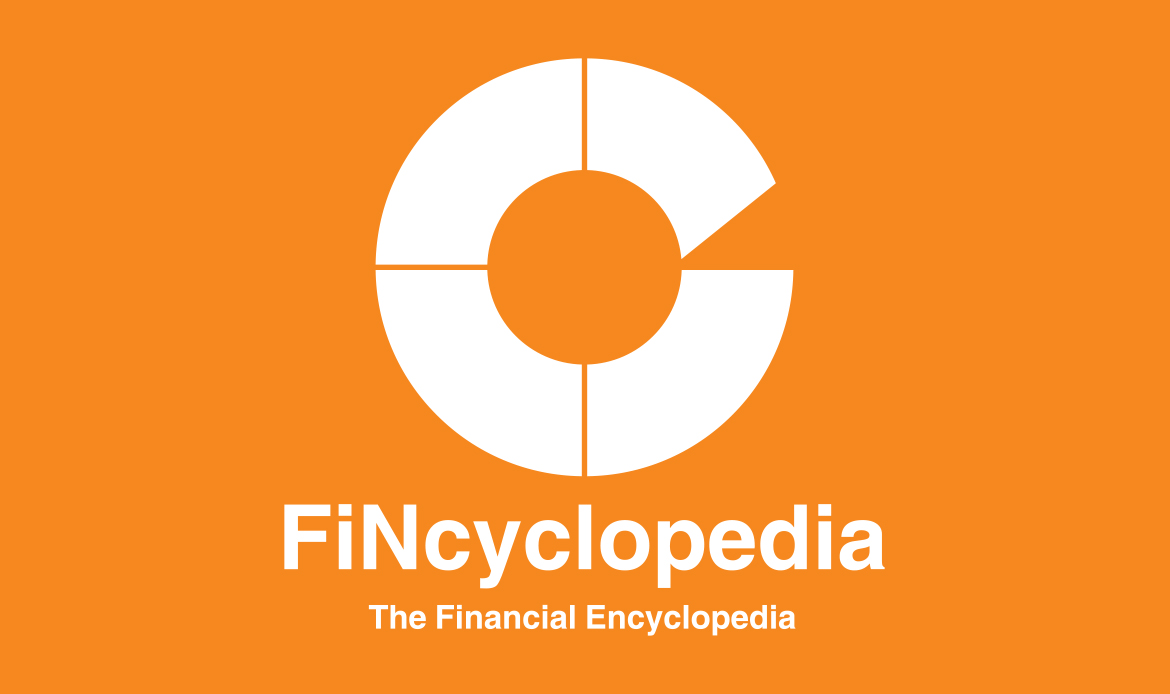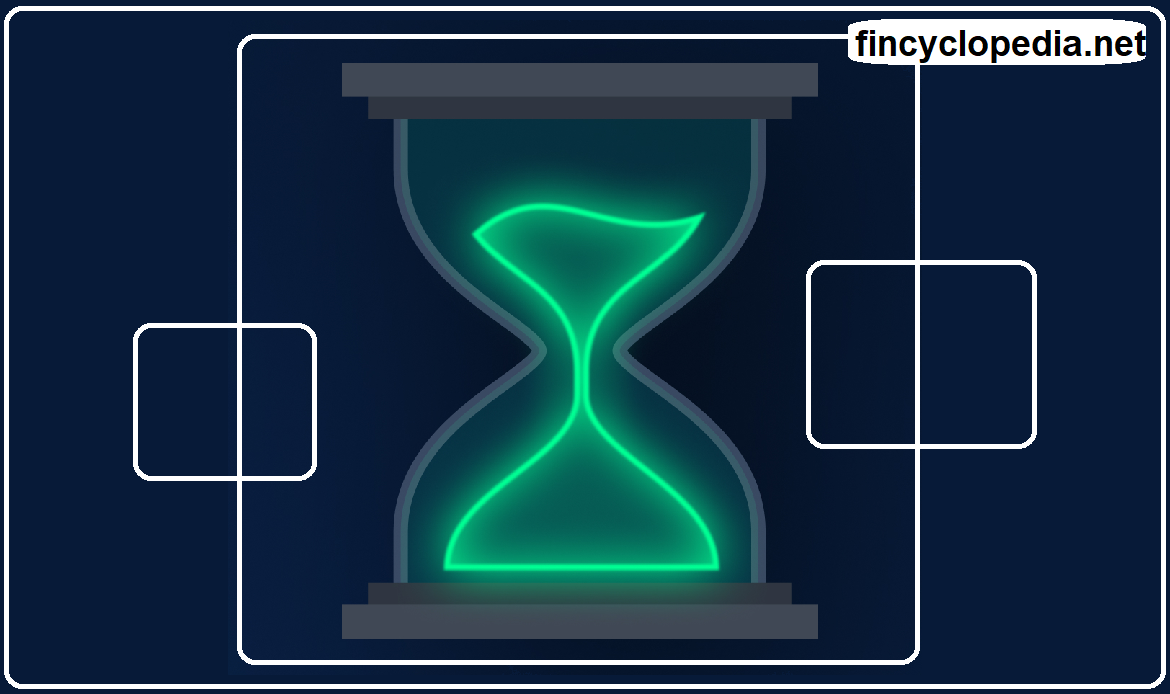It stands for special collateral; a specifically determined and specified collateral in a repo transaction. In this transaction, the underlying security/ issue is well specified. The cash lender requires a specific debt security or an equity issue (the collateral) to be posted by the cash borrower. When a particular security becomes highly in demand by market participants, the security, as collateral, will be deemed a special collateral. It is imaginable that the repo rate on a special collateral repo would be lower than that on a general collateral repo (GC repo) understandably due to the lower amount of risk involved in, or associated with the former.
The collateralized securities/ issues that form a special collateral are identified during negotiations between the two parties before entering into the transaction.







